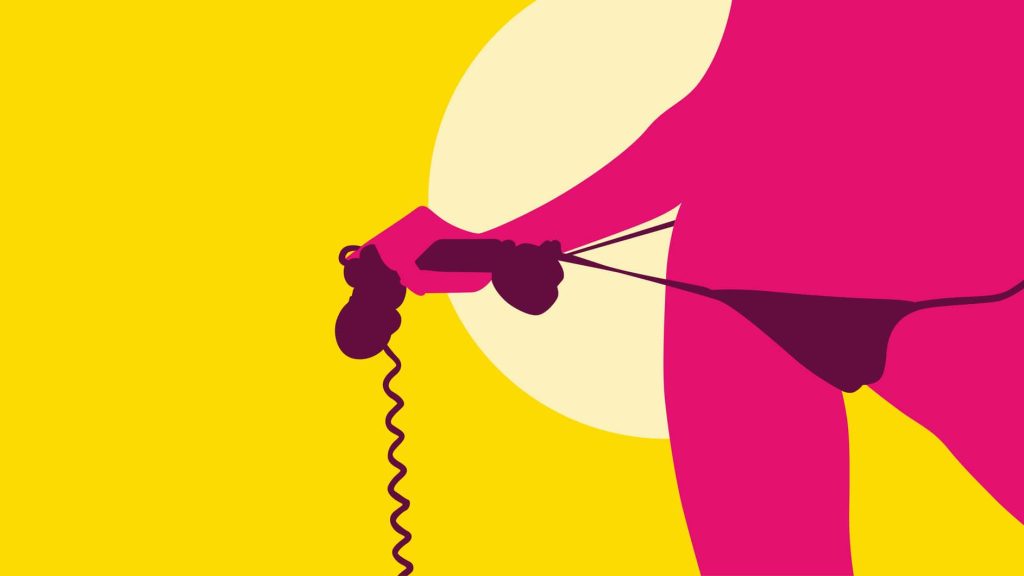There are several different subcultures within the LGBTQ+ community, and each of these communities has their own flag.
For example, the Twink subculture has their own flag, and there are also flags for the Aromantic, Demisexual, and Bisexual communities. These flags all have unique symbols, but most represent a common interest in different genders.
Twink subculture
Twinks are one of the largest gay subcultures in the world. They are often young, attractive, and lack facial or body hair. They also dress in non-traditionally masculine ways. The sexual flag for Twink subculture includes three equal-width stripes with a pale yellow band at the bottom. The color scheme is based on the colors of femininity.
The twink stereotype has also been criticized for being too homogenous. Traditionally, the term has referred to young, blond-haired, and white men. However, in modern usage, the term has expanded to include a wider range of individuals.
Aromantic pride flag
The aromantic pride flag is similar to the traditional sexual flag in design and color, but the design focuses on the needs of the aromantic community. The colors represent a spectrum of aromantic experiences and are meant to represent healing, joy, and community. Designed by Tumblr user Cameron Whimsey, the flag was first flown in San Francisco Pride parades in 2017.
Aromantic pride flags are often used by people who want to celebrate their sexuality without making a romantic connection. The flags come in different styles and each is designed by a different artist. However, the designs all share a similar meaning and look. The aromantic pride flag is suitable for people at all levels of the “aro spectrum.”
Demisexual pride flag
The Demisexual pride flag was created in 2006. The term “demisexual” refers to people who are attracted to people based on their emotional bond rather than purely physical attraction. While the flag is asexual, demisexuals also display colors similar to asexual people. The demisexual pride flag is black with black chevrons and purple for the asexual community.
The design of the Demisexual pride flag is inspired by the asexual flag. It has three stripes and a horizontal black triangle in the middle. The colors represent the asexual community, demisexuality, and the community at large.
Bisexual pride flag
The Bisexual pride flag is a symbol of bisexuality. The bisexual community is proud to display this flag on special occasions. Its pink stripe represents attraction to the same sex, while the blue stripe represents attraction to the opposite sex. The bisexual flag is not only a symbol of bisexuality, but also a symbol of the bisexual community.
The Bisexual pride flag is flown during pride festivals around the world. It was created by Michael Page, a Florida-based bisexual activist and a volunteer for BiNet USA. Page wanted to create a flag that would bring visibility to the bisexual community. While there is a similar flag to the gay pride flag, Page chose to use colors from the popular “Bi-Angles” symbol to represent bisexuality. The pink color is traditionally associated with the homosexual community, and historically, the pink triangle was used by the Nazis as a way to mark homosexuals.
Intersex flag
The intersex sexual flag is a symbol used to represent intersex people. Intersex individuals are born with both male and female characteristics, but do not identify with either one. As a result, they are able to have any type of sexual orientation and gender identity. Although they are relatively common, many societies do not discuss them openly and still hold a binary view of sex. However, the intersex flag has changed this.
The intersex sexual flag is made from a durable material that is made to withstand the elements. Its design is printed on a weather-resistant knitted polyester material and bleeds through on the opposite side. The design is a representation of the potential of an intersex person.
